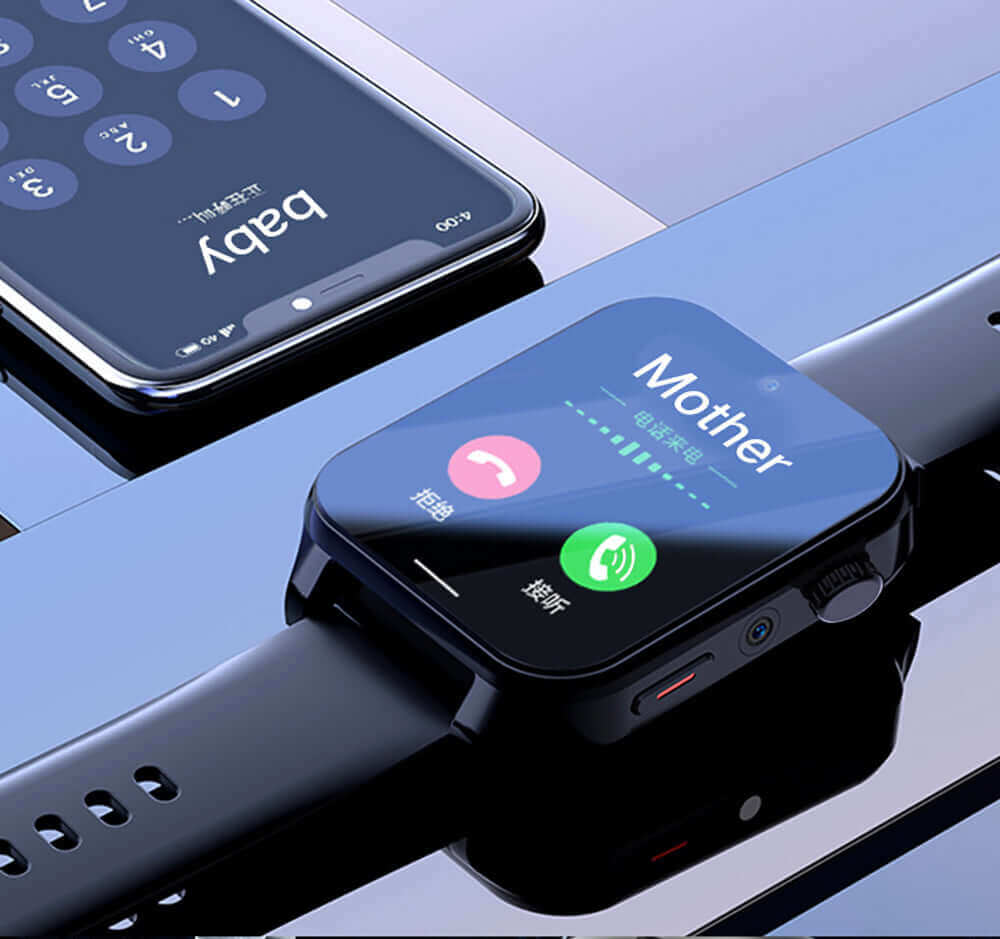
Discover The Best Wearable Technology: Smart Watches Of 2025
Share
Smart Watches: The Future of Wearable Technology
Smart watches have transformed from simple timekeepers into powerful daily companions. As the best wearable technology, they now deliver health insights, seamless connectivity, and smart home control right from your wrist. Whether you’re a tech lover or a first-time buyer, these devices are reshaping how we live, work, and stay well—making every day more connected and efficient.
The Evolution of Wearable Tech
Smart watches have come a long way from basic pedometers and notification mirrors. Today’s devices boast sensors and computing power rivaling early smartphones, packed into sleek, lightweight designs. This rapid progress means you get far more than just time—think real-time health data and independent connectivity.
Why Smart Watches Are Everywhere Now
Smart watches aren’t just for fitness buffs or gadget fans anymore; they’re mainstream essentials. Across all ages, people rely on them for health tracking, communication, and convenience. With prices dropping and features expanding, owning one is becoming a must-have for modern life.
Health Tracking That Goes Beyond Basics
Forget counting steps—today’s smart watches monitor ECGs, blood oxygen, and even glucose levels. By 2025, they’ll predict health issues early and guide your wellness proactively. Devices like the Large Screen Smart Watch Game make this easy and engaging with clear visuals and gamified motivation.
Controlling Your Smart Home from Your Wrist
Your smart watch can already adjust lights or lock doors with a tap or voice command. Soon, it will anticipate your needs—setting the perfect home environment as you arrive or securing everything when you leave. This hands-free control puts your entire smart home at your fingertips, effortlessly.
Stay Connected Without Your Phone
With standalone cellular service, smart watches let you call, text, and get alerts anywhere, no phone needed. Future models will add augmented reality calls and instant translation to keep conversations smooth and immersive. Your wrist becomes a full communication hub, freeing you from constant phone checks.
Boost Daily Productivity Instantly
Smart watches deliver reminders, messages, and calendar alerts discreetly, so you stay on track without distractions. Voice assistants let you manage tasks hands-free during commutes or workouts. This focused connection helps you cut digital noise and reclaim your time.
Personalized Fitness and Wellness Coaching
These devices analyze your heart rate, sleep, and activity to offer custom workout plans and recovery tips. They adapt as you improve, optimizing your routine and stress management. It’s like having a personal trainer and health coach on your wrist, anytime you need.
Enhancing Accessibility and Convenience
Smart watches simplify tech for users with disabilities through voice commands and haptic alerts. Contactless payments and digital IDs reduce what you need to carry. Location reminders and subtle navigation vibrations keep you oriented without pulling out your phone.






